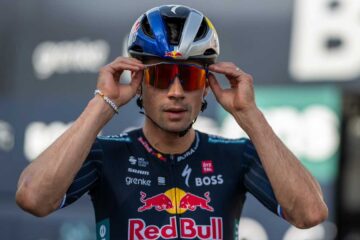
Formula E: In the exhilarating race towards electric vehicle (EV) supremacy, legacy automakers are making a bold move, hitching a thrilling ride on the high-speed tracks of Formula E. This dynamic alliance seeks to propel them ahead in the EV game, as they strive to catch up with trailblazers like Tesla and redefine the future of sustainable transportation.
While Formula E may not have captured the roaring fanfare of traditional motorsports like Formula One, it emerges as the clandestine laboratory where automotive giants fine-tune their electrifying innovations. The distinctive absence of the traditional internal combustion engine hum in electric cars has left some motorsports enthusiasts yearning for the raw power and ear-splitting noise. Nevertheless, legacy automakers are leveraging their Formula E electric racing teams to revolutionize mass-production EVs, enhancing range, efficiency, and affordability.
At the heart of this technological odyssey lies the relentless pursuit of power optimization. Formula E cars kick off each race with a mere 60% of their required battery capacity, challenging teams to generate the remaining power through strategic braking. This electrifying dance between power regeneration and consumption serves as the perfect testing ground for developing efficient motors, cutting-edge inverters, and performance-enhancing software.
Enter the stage, Tata Motors unit Jaguar Land Rover, injecting a whopping £15 billion ($19 billion) into their EV production endeavors. In an audacious move to stay ahead, Jaguar Land Rover plans to harness the revolutionary silicon carbide inverter technology, initially sculpted on the Formula E circuits, to turbocharge the efficiency of their next-gen premium-model EVs. James Barclay, the maestro behind the Jaguar TCS Racing team, envisions a future where this groundbreaking technology propels their electric vehicles into a league of their own.
Jaguar Land Rover’s innovative prowess doesn’t stop there. Drawing inspiration from managing battery temperatures on the race track, they’ve seamlessly translated this knowledge into real-world applications. Through over-the-air updates, they’ve elevated the range of their Jaguar I-Pace EVs by an impressive 20 kilometers (12.4 miles), pushing the boundaries of what’s possible in the EV landscape.
As the electric revolution gains momentum, the finish line promises not just powerful and efficient sports cars but also more accessible mass-market models. In this electrifying race, where speed meets sustainability, legacy automakers are putting the pedal to the metal, aiming to emerge victorious in their quest for an electrified future. The Formula E alliance becomes the accelerant, propelling them into a new era where innovation is the driving force, and the road ahead is charged with endless possibilities.



